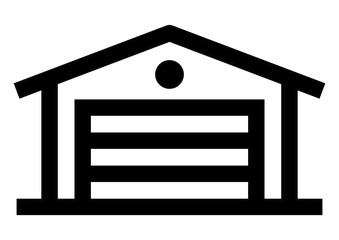The average household in the US contains 15 pounds of hazardous products such as pesticides, cleaners, paints, and other chemicals. Using and disposing of these products properly is crucial to maintaining the health of our bodies and our environment. HHW can be found in and around the home:
 House: Filled aerosol cans; adhesives, glues, resins; cleaners, spot removers, polishes; photo chemicals; chemistry sets, oven, drain toilet cleaners; hobby/artist supplies; moth balls; flea collar products.
House: Filled aerosol cans; adhesives, glues, resins; cleaners, spot removers, polishes; photo chemicals; chemistry sets, oven, drain toilet cleaners; hobby/artist supplies; moth balls; flea collar products.
 Garage or Shed: Fuels, gasoline, kerosene; engine degreaser; brake fluid; carburetor cleaner; car polish; pool chemicals. Pesticides; insecticides; fungicides; poisons; chemical fertilizers; weed killers.
Garage or Shed: Fuels, gasoline, kerosene; engine degreaser; brake fluid; carburetor cleaner; car polish; pool chemicals. Pesticides; insecticides; fungicides; poisons; chemical fertilizers; weed killers.
 Workbench: Oil-based paints; wood preservatives; paint strippers/thinners; solvents/varnishes; lighter fluid; sealants.
Workbench: Oil-based paints; wood preservatives; paint strippers/thinners; solvents/varnishes; lighter fluid; sealants.
The best approach to managing hazardous products in the home is to:
Some products, which may have been considered hazardous in the past, can now be disposed of with the regular trash. These include:
- Alkaline batteries made since 1994 (AAA, AA, C, D and 9 volt)
- Smoke detectors
- Latex paint (dry it out with sand or kitty litter, or purchase a hardener from a hardware store) OR bring usable (less than 3 years old) paint to the Latex Paint Exchange
- Soiled bandages in plastic bags, securely fastened
- Driveway sealer (latex or oil based, with lid off)